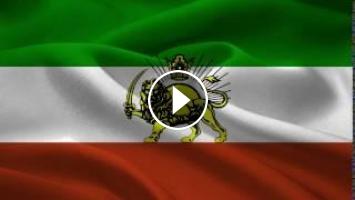Iranian traditional music, also known as Persian classical music, refers to the classical music of Iran. It consists of characteristics developed through the country's classical, medieval, and contemporary eras. Iran's classical art music is vocal based, and the vocalist plays a crucial role, as he or she decides what mood to express and which dastgah (musical modal system) relates to that mood. In many cases, the vocalist is also responsible for choosing the lyrics. If the performance requires a singer, the singer is accompanied by at least one wind or string instrument, and at least one type of percussion. There could be an ensemble of instruments, though the primary vocalist must maintain his or her role. In some tasnif songs, the musicians may accompany the singer by singing along several verses. Indigenous Iranian musical instruments used in the traditional music include string instruments such as the chang (harp), qanun, santur, rud (oud, barbat), tar, dotar, setar, tanbur, and kamanche, wind instruments such as the sorna (zurna, karna), ney, and neyanban, and percussion instruments such as the tompak, kus, daf (dayere), naqare, and dohol. The history of musical development in Iran dates back thousands of years. Archaeological records attributed to "pre-Iranian" civilizations, such as those of Elam in the southwest and of Oxus in the northeast, demonstrate musical traditions in the prehistoric times.
- Category
- World Music
Be the first to comment



